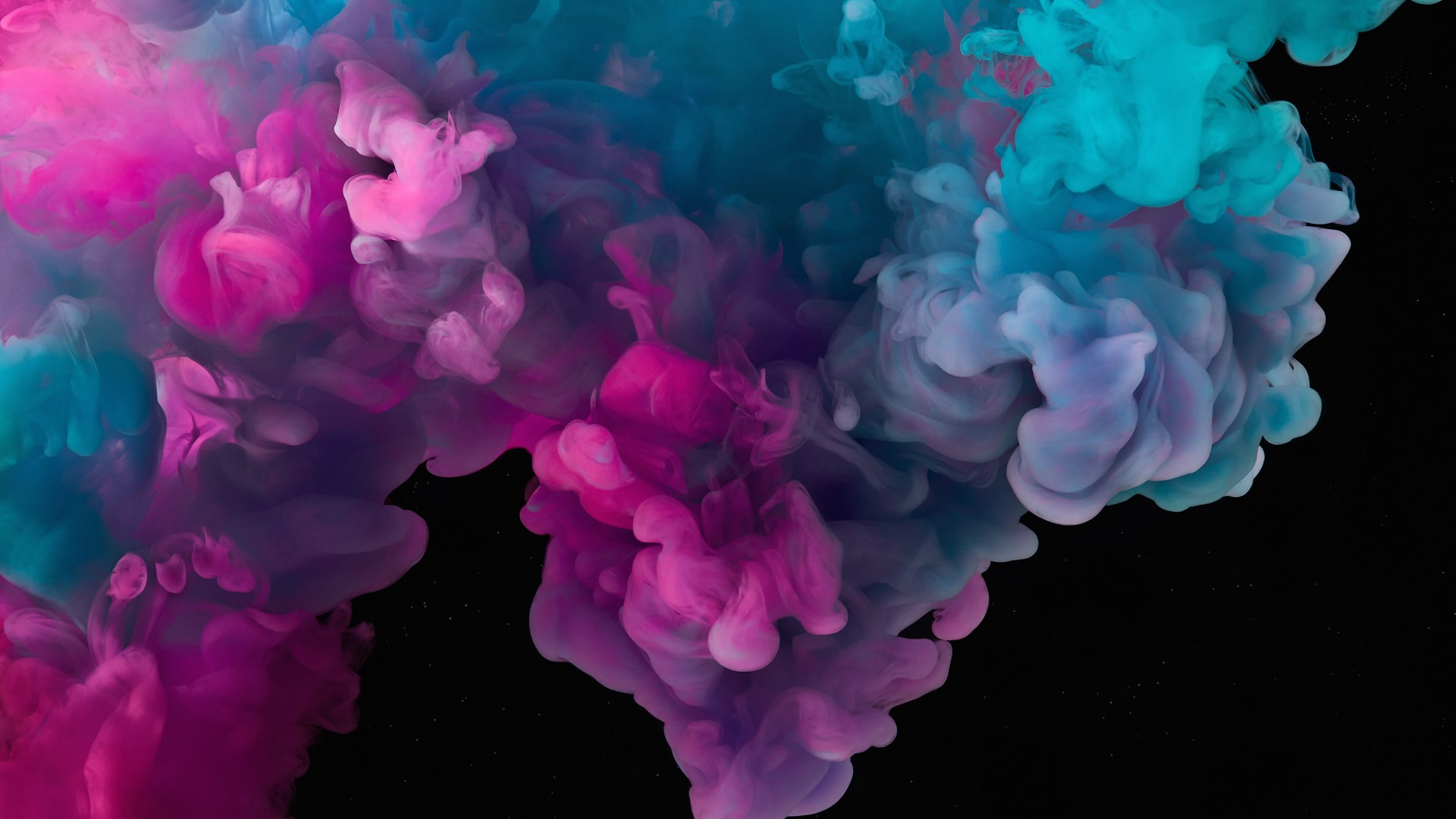
Still confused about pixel dimensions and resolution, or about how image resolution standards differ between printed and digital media? Here are some important guidelines to keep in mind. If a smaller image file is enlarged on your display, that’s when you begin to see jagged edges and blurry (or pixellated) images. Your pixel dimensions can be altered by this, but they are never larger than the screen’s pixel dimensions. Web browsers, including mobile ones, resize the images as they display them on your screen. Pixel dimensions (e.g.2880 x 1920, 900 x 600, etc), on the other hand, primarily affect how your image is seen on-screen. So the request would be 300 dpi the final printed size needed: for example, 300 dpi 5”x7” or 300 dpi 8”x10.” That request should also include what size the image will be printed at. If you are dealing with graphic designers trained at the beginning of digital photography, they tend to ask for images at 300 dpi as a default request, with little additional information. This is an example of there can be too much of a good thing. The printer only really needs a maximum of 300 dpi at the final size you’re printing, and, if you give it a larger digital file, most of that extra information is really just thrown out by the printer. But there is a point when a lot of extra data or digital information in the file is not going to do you any good. 300 dpi, 240 dpi, etc) affects how your photo looks printed: the higher the resolution, the better and sharper and the image looks when printed. But one has more information and will technically make a better print. The smaller file is 900 x 600 pixels 150 ppi at a size of 4”圆.” The larger file is 2880 x 1920 at 480 ppi at a size of 4”圆.”īoth files will print at the same size (4”圆”) if sent to a printer. The same image, with a resolution of 2880 x 1920. Here’s an example of what we’ve been talking about: Understanding pixel dimension and resolution will help you better deal with those times when someone is requesting a digital file from you, or when you need to give an image to someone to use either in a presentation or to be printed. We need to consider one other number when printing an image, and that is the resolution. This is another complicated story for later.)īut when it comes to printing, pixel dimensions are not the only number you need to be aware of. For reference, we tend to refer to the uncompressed version of the file when talking about file size. Well, the 2880 x 1920 image is 16 MB in size and the 900 x 600 image is 1.5 MB in size.(jpeg compression can also change the size of the file. But both of these images print at 4”圆” in size. Looking at the numbers, it’s obvious that one of these is a larger image file. Imagine two files: a 900 x 600 pixel and a 2880 x 1920 pixel image. The pixel dimensions of an image tell you how much information is contained within the file.


Have you noticed that people get confused when talking about the size and resolution of an image? Pixel dimensions are really the only thing you need to be concerned about.
#BEST IMAGE RESOLUTION FOR WEBSITE PROFESSIONAL#
Here's a useful guide from a stock library agency: Alamy.Greg Dyro, professional photography expert and head of DF Studio’s motion picture division, clears up image sizes, file sizes, and pixel resolution once and for all.

There's no hard and fast rules for stock library resolution requirements, but as a rough guide, you should be looking to get a dSLR camera 10MP and above (you might just get away with 6MP or less for web use only) and remember you'll need model release forms for people featured in your images.īe sure to check the terms and conditions of the agency you're submitting your work to very carefully and think twice before signing off your very best photos. WANT TO SUBMIT YOUR WORK TO PHOTO AGENCIES?
#BEST IMAGE RESOLUTION FOR WEBSITE FULL#
Woohoo! Fantastic quality print, full of detail and perfect for your picture frame or for your showing off your very best shots. This will be fine for most uses, unless you get up reeeeal close Pretty good all round, with a fair bit of detail Looks reasonable enough, but nowhere near photo quality Horribly pixelated blocky mess, like something out of 1987

This guide shows you the kind of quality you can expect when you're printing out your photos. Kodak, for example, suggests these resolution/file sizes:įor a 4" x 6" print, the image resolution should be 640 x 480 pixels minimum.įor a 5" x 7" print, the image resolution should be 1024 x 768 pixels minimum.įor an 8" x 10" print, the image resolution should be 1536 x 1024 pixels minimum.įor a 16" x 20" print, the image resolution should be 1600 x 1200 pixels minimum.įor a 20" x 30" print, the image resolution should be 1600 x 1200 pixels minimum.įor a Wallet-size print, the image resolution should be 320 x 240 pixels minimum. Some professional services specify lower resolutions for image sizes, so you could get away with smaller image sizes. Printing images - what file size do you need?Ī guide to required file sizes for printing out photos


 0 kommentar(er)
0 kommentar(er)
